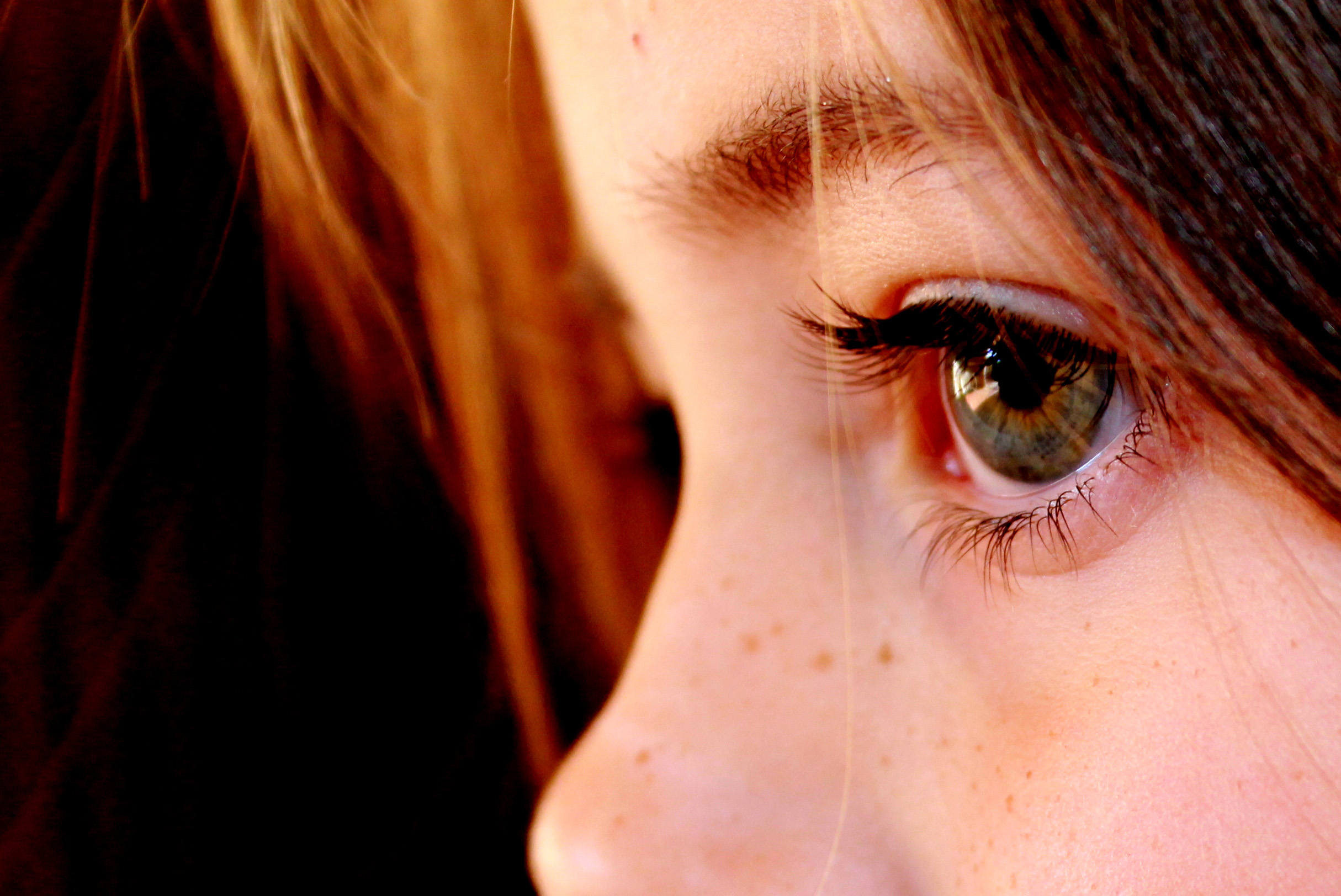
Published March 16, 2017 | Source: http://bit.ly/2n8driC
By Paul Stone, Neurologic Rehabilitation Institute at Brookhaven Hospital
A single symptom following traumatic brain injuries in children may be key to identifying those most at risk for disability as they grow, says a new study from researchers at Keck School of Medicine of University of Southern California.
The team says children with delayed visual perception following a serious brain injury may develop unique structural changes in their brains that could interrupt normal brain development.
The findings could be the first step towards the development of a targeted treatment for children at risk for disability after TBI, currently the leading cause of disability among the young. They hope to eventually be able to stop the after-effects of TBI that further deteriorate or damage the brain.
For the study, the USC researchers evaluated brain scans collected from 21 children in Los Angeles County who suffered brain injury. The brain injuries were caused by either falls from skateboards, scooters, or bikes, or being hit by a car as a passenger or pedestrian.
All participants were between 8 and 18-years-old when they were admitted for moderate to severe traumatic brain injury. The results were then compared against twenty children who had not experienced a brain injury.
“We found that children who had delayed information transfer times between the two brain hemispheres had widespread regions of white matter disorganization and progressive loss of white matter volume,” said Emily Dennis, lead author of the study and a postdoctoral scholar at the Keck School of Medicine. “In children, this disruption to myelin—the insulation that facilitates information transfer—is compounded because the brain is still maturing. Myelination typically continues beyond age 30.”
According to the results published in the journal Neurology, children who took longer than 18 milliseconds to transfer information between the brain hemispheres showed poorer long-term recoveries compared to similarly injured children.
“Finding this potential biomarker may help us identify patients who are at risk for a more prolonged recovery,” said Dennis, postdoctoral scholar at the Imaging Genetics Center. “If we can identify the children who will take longer to recover from traumatic brain injury, we may be able to develop interventions that can be used after they leave the hospital but before their continued loss of white matter.”
Over the course of the study, the participants underwent two rounds of diffusion-weighted MRI scans. The first occurred two to five months after injury, while the second happened roughly a year later. The children also took thinking and memory skills tests, and EEG tests done while completing a computerized pattern-matching task. This allowed the researchers to focus in on how quickly information was being transferred from one brain hemisphere to another.
During the first round of tests, half of the injured children showed a transfer time of more than 18 milliseconds while the others were in the normal range of 7 to 10 milliseconds.
After a year, the group of children with slower information transfer also showed a loss of white matter and changes in brain wiring. These abnormalities were not seen in the injured group with normal information transfer speeds.
“The slow-transfer group started off with worse white matter integrity and had poorer cognitive function across a range of domains, whether it was on the brain processing speed or self-control,” Dennis said. “The problems get worse as these kids age.”
While the injured children with normal transfer times showed slightly lower test scores compared to the healthy group after a year, the difference was not statistically significant.
Dennis says the next step for the team is to expand the study to a larger group of 450 children, but they expect to also collect blood samples from the children to look for genetic markers that may be tied to the erosion in the brains of children with delayed visual processing.
“This finding clearly needs to be replicated in a wider cohort, but it raises the possibility of a second window for intervention to reduce the long-term functional morbidity of traumatic brain injury in children,” concludes the report.

